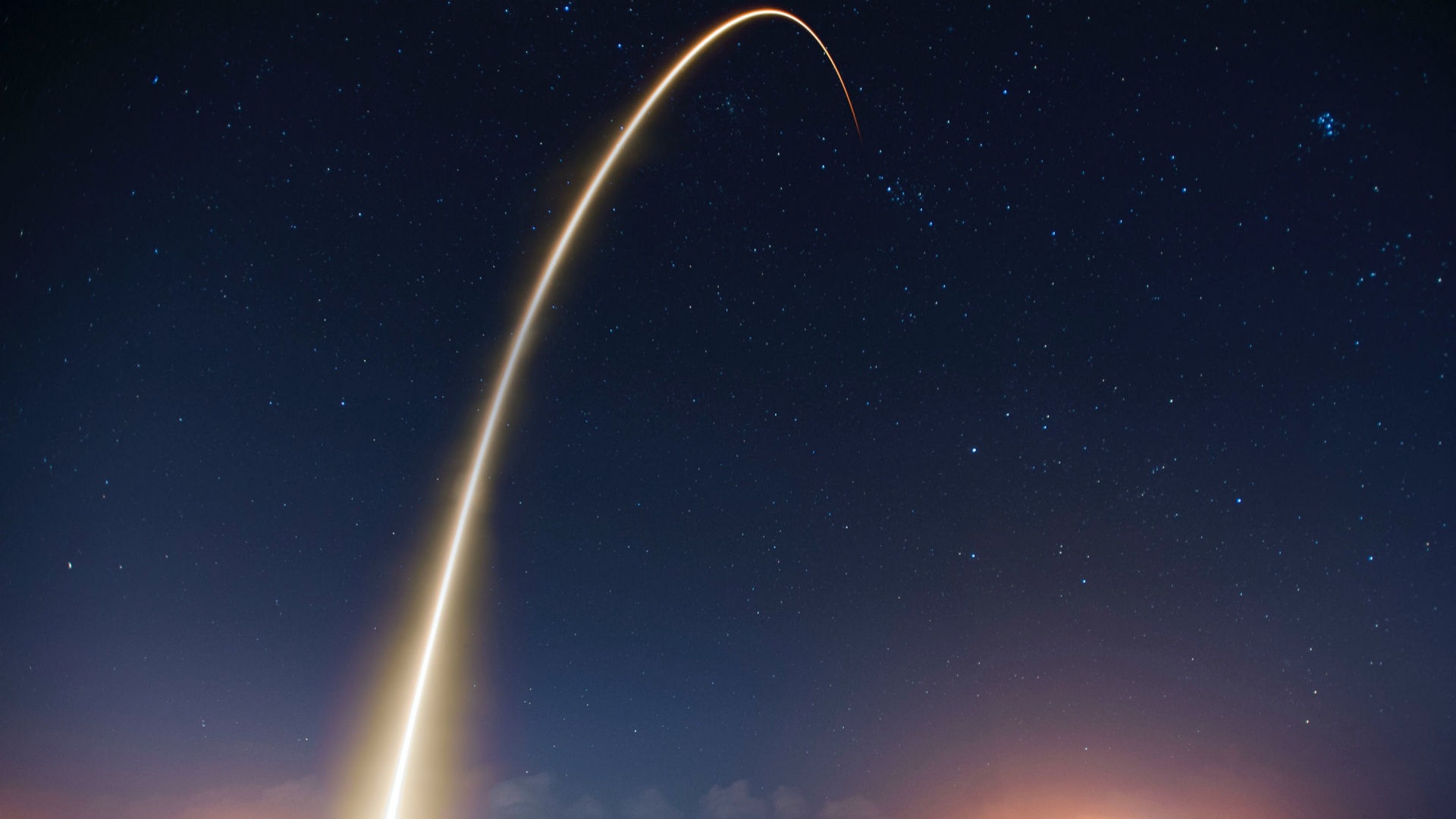Last week SpaceX launched a batch of 49 satellites to add to its growing network of Starlink satellites. While this is good news for those waiting for internet in remote areas, astronomers likely winced at the news.
We say that because in a paper published by The Astrophysical Journal Letters, stargazers at the Zwicky Transient Facility are growing concerned about the number of low-Earth orbit satellites circling us.
To be clear, this is a problem that has already been highlighted before. When the issue was raised last, SpaceX pledged to address the issue by using a new coating that was less reflective.
That didn’t work in practice as it caused thermal problem, but SpaceX now makes use of VisorSats which have visors that block sunlight from hitting reflective parts of the satellite. As per the study, however, few of the Starlink satellites have this solution.
The Zwicky Transient Facility has a particularly large field of view which gave the authors of the study the ability to see how satellites affect large-area surveys and the results aren’t good, at least not for SpaceX.
“The number of images affected by satellite trails is alarmingly growing as more and more Starlink satellites are being deployed in orbit. Twilight observations are particularly affected—a fraction of streaked images taken during twilight has increased from 6% in late 2020 to 18% in 2021 August,” reads the study.
The authors state that the facility has not been severely affected by satellite streaks but should the size of the Starlink network grow to 10 000 satellites, all twilight imagery could be affected. This is concerning as twilight observations are generally used for asteroid and other near-Earth object detection.
With that having been said, the lead author of the paper Przemek Mróz states that the impact is small compared to the impact the weather has on observations.
“We don’t expect Starlink satellites to affect non-twilight images, but if the satellite constellation of other companies goes into higher orbits, this could cause problems for non-twilight observations,” said Mróz.
While these findings are limited to one facility, the concerns raised should be taken seriously especially with more companies exploring solutions similar to SpaceX’s play.

